The British Journal of Photography: Creative Brief
An interview with editor Liz Schaffer.
Extract from The British Journal of Photography, December 2017 Journalist, photographer and lover of independent magazines, Liz Schaffer moved from Sydney to London in 2011, a city that “felt like the epicentre of all things creative”, she says. Combining her passions with an innate curiosity for travelling, she launched Lodestars Anthology in September 2014 with the England issue, subsequently dedicating each journal to the exploration of a single country, including Scotland, Italy, Sweden and Canada. Together with her team and ever-growing list of contributors worldwide, she has also recently released her first compendium book, titled Lodestars Anthology: Pathways.
What are the first steps you take when working on a new issue? It’s a fluid process – our country of choice [for the issue] and the contributors we work with play a crucial role in shaping the publication. Sometimes we select a country when a photographer sends through work that we simply have to publish – a ‘love at first sight’ reaction. At other times it’s a friendly suggestion or an awareness that we are yet to cover a particular corner of the globe.
Do you select photographers based on their location? I always strive to create content based on experience. So getting in touch with photographers and writers on the ground, those who know a destination like only a local can, is crucial. That said, over the years we’ve built up an amazing and invaluable network of contributors, so we also come up with pieces by attempting to match a photographer’s style with the perceived feel of a place, and then send them out to capture it. When doing this we want to give them as much time on the ground as possible; when shooting for travel you’re quite often at the mercy of the elements, making time and flexibility essential. A minimum of five days is ideal, but I’ll do all I can to make this longer.
Do you have any guiding principles about collaborating with people? As obvious as it may sound, a good working relationship is crucial. I am in awe of the work we are sent – images that do seemingly impossible things with light, reveal the magic of the wild or capture a community’s verve and vibrancy. I do my best, whenever possible, to let my photographers know their creative worth. It’s also important to be friendly and open. Magazines, especially independent ones, tend to be incredibly personal endeavours. Budgets are tight, the hours are ridiculous and a work/life balance isn’t always there, so being able to get on and laugh with those you work with, getting genuinely excited when their name pops up in your inbox, more than justifies the difficult days.
How has the focus changed for independent magazines? One of the trends I adore is the increased space and respect given to illustration and photography – it feels like a return to the sweep and scope afforded press photographers in the 1960s and 70s. There is less reliance on stock imagery and a growing appreciation for originality and tailored commissions, which goes hand in hand with the reimagining of the magazine as a moreish physical object. People have begun to collect again. It’s understood that the magazines that sell are those that invest in their contributors and offer amazing content – a sense of escape and wonder that only exceptional images and writing can allow.
Are there any photographers you have particularly enjoyed working with? I adore different photographers for different reasons but two people we have worked with on multiple issues, and asked to contribute to our new book, Lodestars Anthology: Pathways, are Tom Bunning and Renae Smith. Both have such unique styles – they clearly see the world quite differently. Tom can make any landscape magical and his ability to manipulate light and shadow is almost otherworldly. He also puts his subjects at ease like no one else and, as a result, what he captures is wonderfully authentic.
Renae has a much lighter look and there is a calmness to her work. Interestingly, I see their styles as direct opposites. But you need that with travel; an ability to capture the diversity of our world, and to do so in an original, honest way.
Extract from The British Journal of Photography, December 2017
Spanish Shapes
Letting pictures say 1,000 words.
It may be an utter cliche but, well, it's true - photos really do say 1,000 words. We thought that with this post we'd keep things simple and let the photographs of Tom Bunning speak for themselves and, while the combination may seem odd (Andalsuian ponies and the roads of Mallorca), we clearly just have a thing for Spanish shapes. You can see more of Tom's work here - and in the pages of Lodestars Anthology of course!
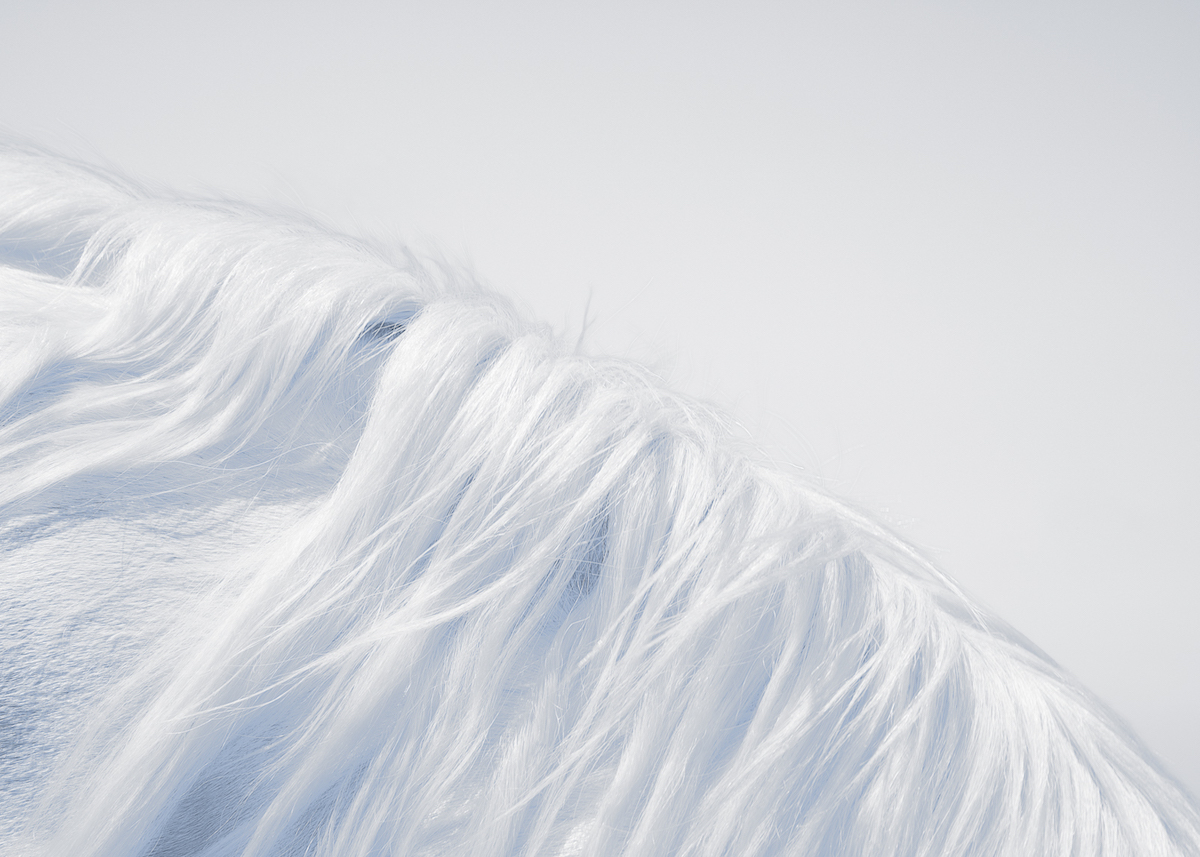
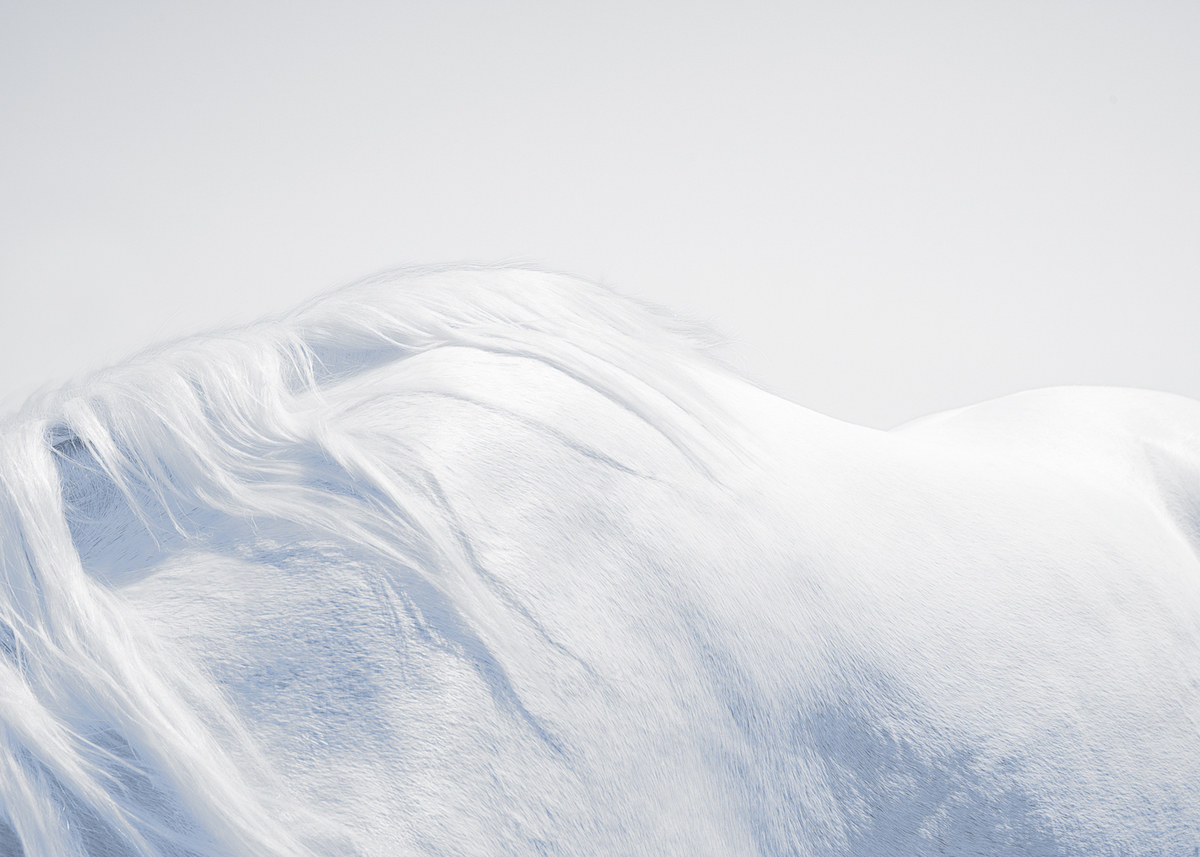

"Keep close to Nature's heart ... and break clear away, once in awhile, and climb a mountain or spend a week in the woods. Wash your spirit clean." John Muir
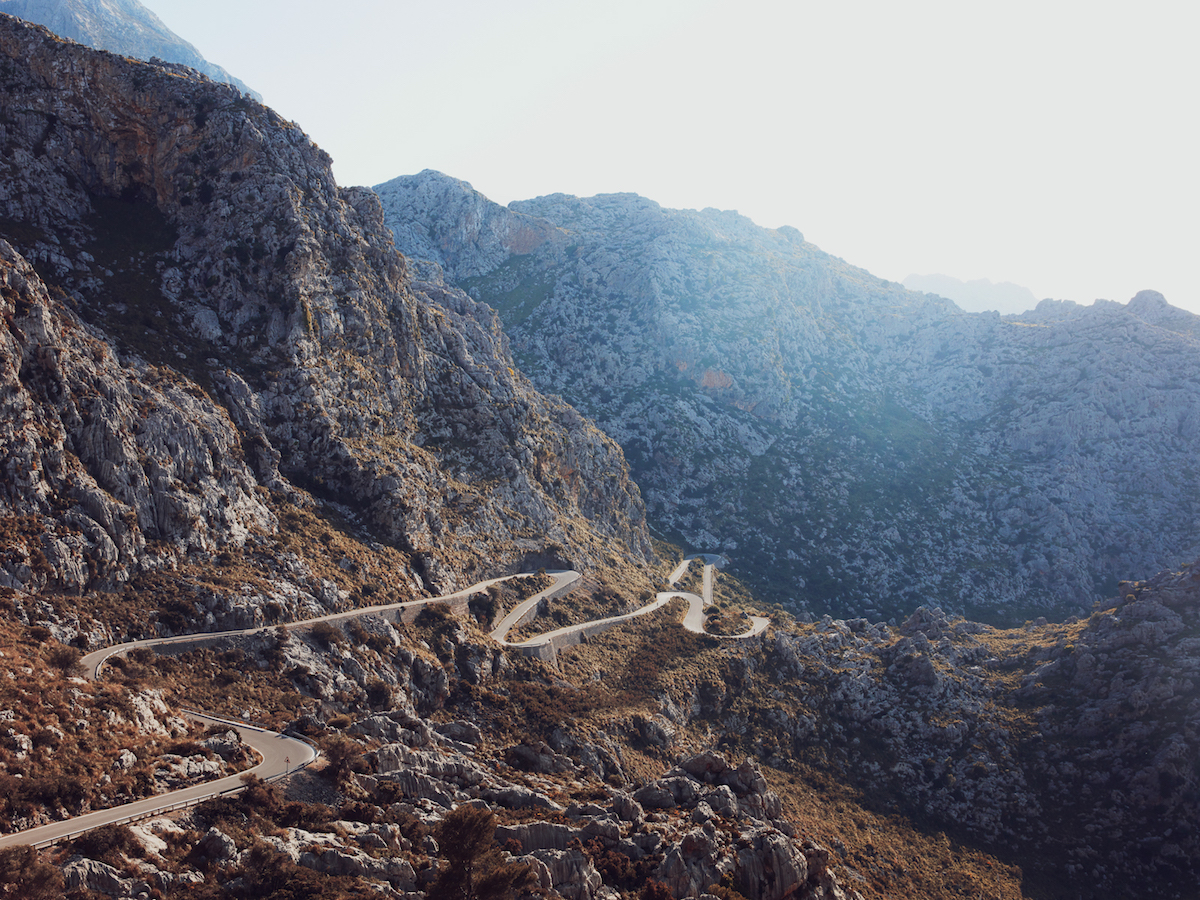


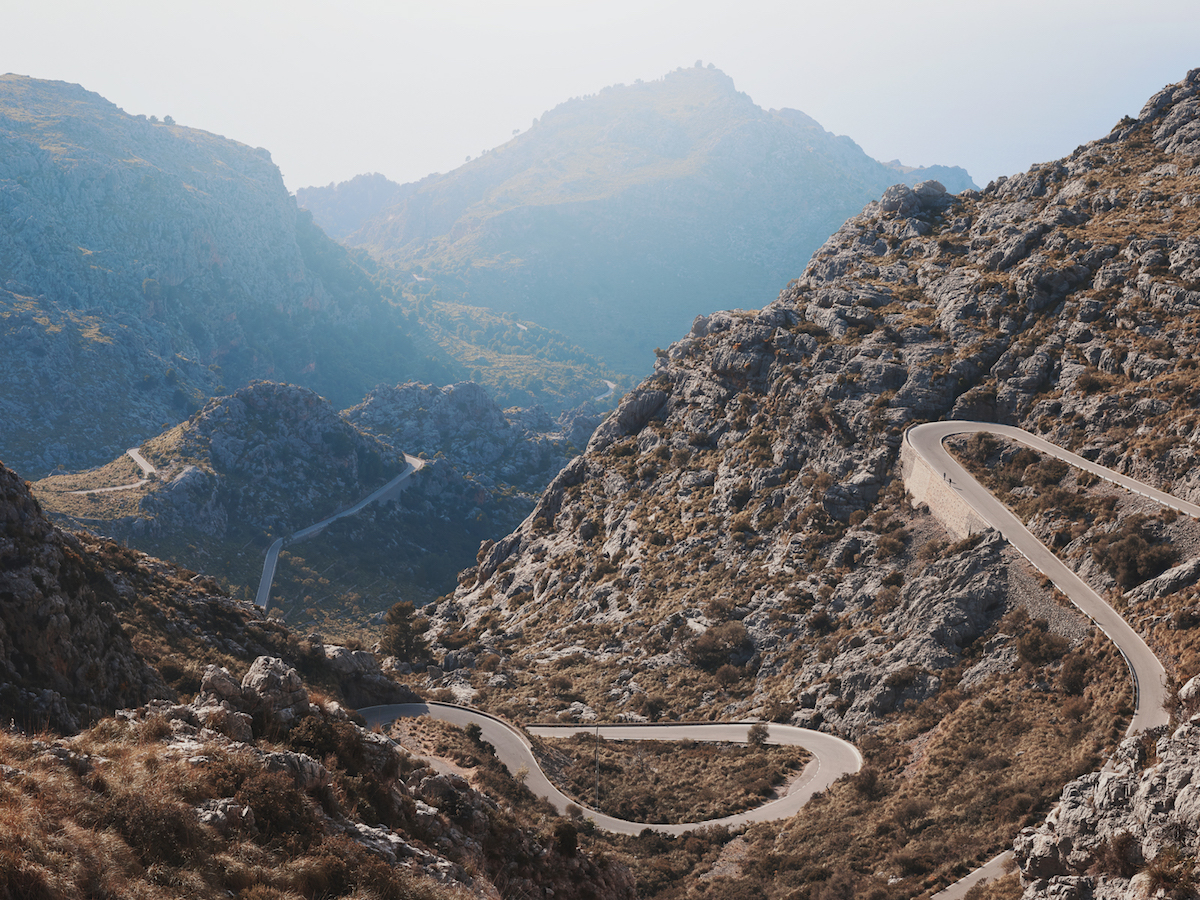

For more of Tom's work visit www.tombunning.com.
Tom Bunning
 We met Tom Bunning in a coffee shop in South London where he greeted us with coffee and a portfolio. Understandably, we fell instantly in love with his photographed world, made up of etherial landscapes that play with light and scale and intimate portraits that capture the sitter's soul in the most artful way possible. We just had to chat to him about what makes his work so easy to get completely lost within.
We met Tom Bunning in a coffee shop in South London where he greeted us with coffee and a portfolio. Understandably, we fell instantly in love with his photographed world, made up of etherial landscapes that play with light and scale and intimate portraits that capture the sitter's soul in the most artful way possible. We just had to chat to him about what makes his work so easy to get completely lost within.
What do you love about photography?
Where to start. I think I love a photo’s ability to transport the viewer: be it back to a special memory; forward to a place they’d love to visit, or to give a glimpse into a person’s mind. But in less romantic terms, I’m basically a lazy painter. If I found that wielding a paintbrush gave me as much immediate pleasure as taking a photo does I’d probably be trying to do that now, probably rather badly. For me the greatest pleasure right now is to be able to earn a living doing something that I love. Fingers crossed that continues. I also really enjoy seeing other photographers’ work. I feel part of a community of like-minded souls, all of us trying to create something meaningful or beautiful or interesting, using photography to try to make sense of our world.
Can you remember the first photograph you took?
I don’t think I can remember the first photo I took, but I can definitely remember an early view that inspired me to take pictures. I grew up in a very small village in Suffolk, our home was surrounded by fields and the view from my bedroom window was of a giant oak tree set in the centre of a field. All year round I’d watch the colours of the landscape change and in the summer the old proud oak would stand tall in the centre of a bright yellow square of rapeseed flowers, the small window providing a perfectly framed photograph in my mind’s eye.
What inspires your work?
My inspirations have changed over the years I’ve been growing - both as a photographer and as a person. When I seriously started trying to take pictures for a living I was working at Abbey Road Music Studios (it sounds glamorous but I was mostly in a dark room QCing music videos!) so my early work was definitely inspired by rock and roll. I had several great years of shooting live gigs, taking portraits of musicians and touring with bands, interspersed with fashion work, which I think went hand-in-hand quite naturally. In recent years I think I’ve become earthier, more inspired by the natural world if you like, and I think this change in personal perspective has affected what I’m inspired to shoot professionally. One of my current projects is entitled Crafted and is a series of photos documenting and celebrating those in Britain who make the small, the hand-crafted and the individual. I’ve always been interested in England’s landscape and heritage and I suppose Crafted is an extension of this interest, focusing in closer on the personal aspect of our environment. On the flip-side, as my commercial work increasingly takes me further around the world, I’ve been enjoying capturing foreign landscapes.
How would you define your style?
I’m still developing as a photographer and my style will continue to change over the years but I like to think it’s honest, clean and simple. I don’t like to over-process or over-edit my shots and I always try to get what’s on the back of the camera as close to how I want it before it gets to the editing stage. Of course some clients know exactly what they’re after in terms of a feel or look of a shot and when that’s the case I think you have to find the balance between your personal style and their needs - always a challenge but a fantastic one. I recently had a great meeting with an agency and they described my work as having a ‘very gentle approach’ which was a lovely thing to hear.
Does travel influence your work in any way?
As I touched on above, it has done much more so recently. My commercial work over the last year or so has taken me around the world to all sorts of incredible places, from Seoul to Islay, from Vietnam to New York, Kuala Lumpur to LA, among others - although I should say that amidst all this excitement I’ve had many shoots in dirty parts of London to keep my feet on the ground! I think the thing about travelling for me is that as a full-time Londoner, living and working in the fast lane, being away gives me an opportunity to expand my view of the world and gives me time to see things I probably miss at home. Something that seems very ordinary to locals can look extraordinary through a foreigner’s eyes.
Has there been a particularly memorable project either past or present?
I would have to say my ‘Death Valley’ series from earlier this year, wonderfully displayed here by your good selves! One of my current gigs is working with David Beckham and his team for Haig Club Whisky which has been an absolute pleasure. In the grey depths of January I flew to the sunshine state for a promotional shoot for Haig. The shoot was only for the day but it would have been rude not to make the most of it so my assistant Danny and I stayed out there for a week, hired a car and took a road-trip from LA to Vegas via Death Valley where I spent several days shooting a series of landscapes. An absolute dream trip. The colours and expanse of the landscape out there were so rich and photogenic and I’m really pleased with the results.
What is your dream subject?
That’s a tricky one. In terms of humans I love photographing interesting faces, be they young, old or in-between. I’d love to turn my lens on someone like John Hurt or Morgan Freeman but equally so on a sheep-farmer or a dress-maker. Landscape-wise I have a real hankering to go to Iceland. I don’t have much experience of working with such a cold clear environment and, having recently invested in the new PhaseOne IQ250, I’d love to get out there with it and see what I can capture. My ultimate goal is to bring the two main aspects of my work closer together, working on location to take portraits of interesting subjects, set in interesting environments.
Where can we see more of your work?
I’ve recently had my new book made, by Cathy Robert at Delta Design who’s done a wonderful job, so I’m in the process of making appointments with agencies. Much of my recent work is showcased on my site at www.tombunning.com. I plan to exhibit the Crafted series next year in London so look out for that.
“You don't make a photograph just with a camera. You bring to the act of photography all the pictures you have seen, the books you have read, the music you have heard, the people you have loved.” ― Ansel Adams





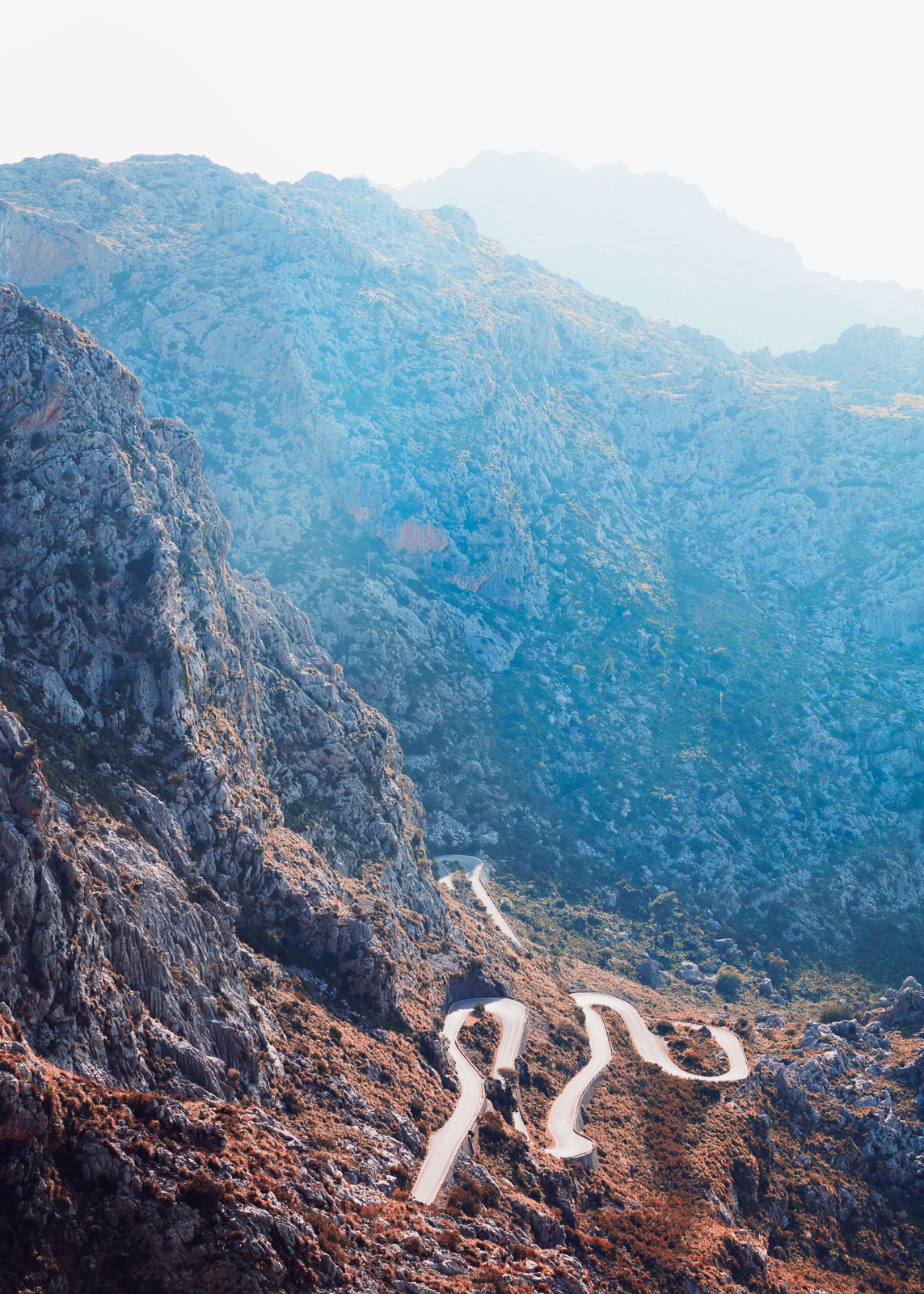



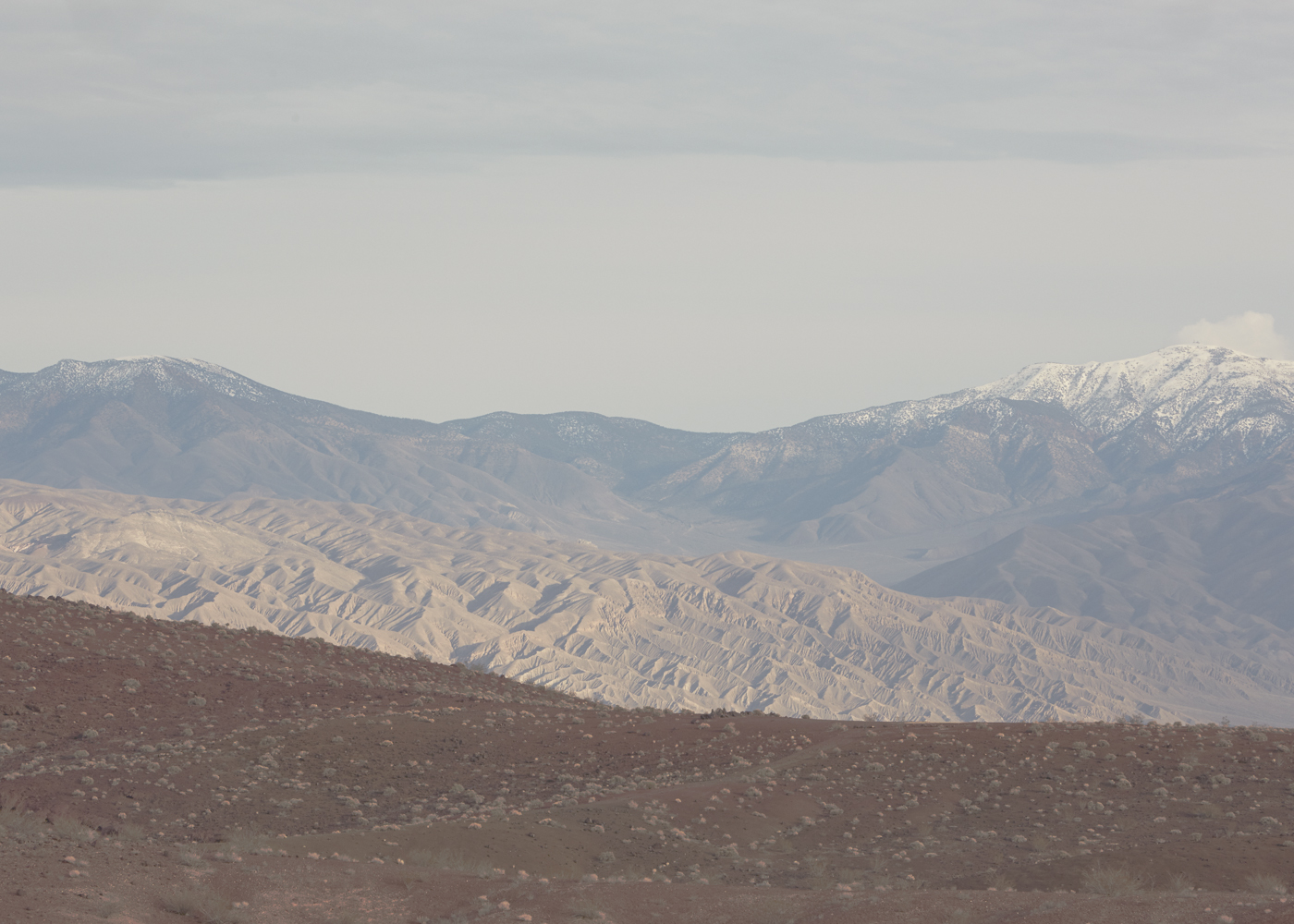
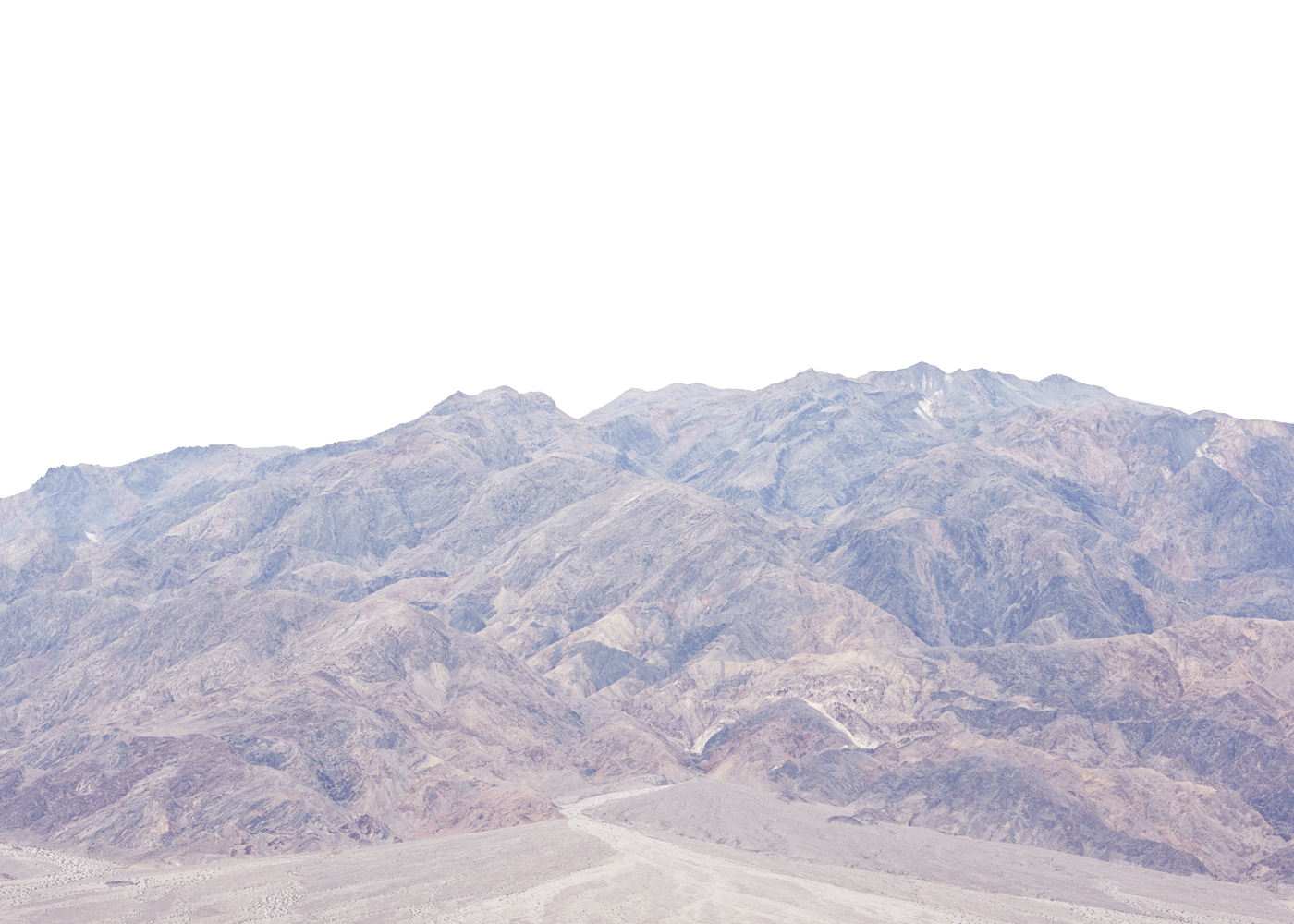

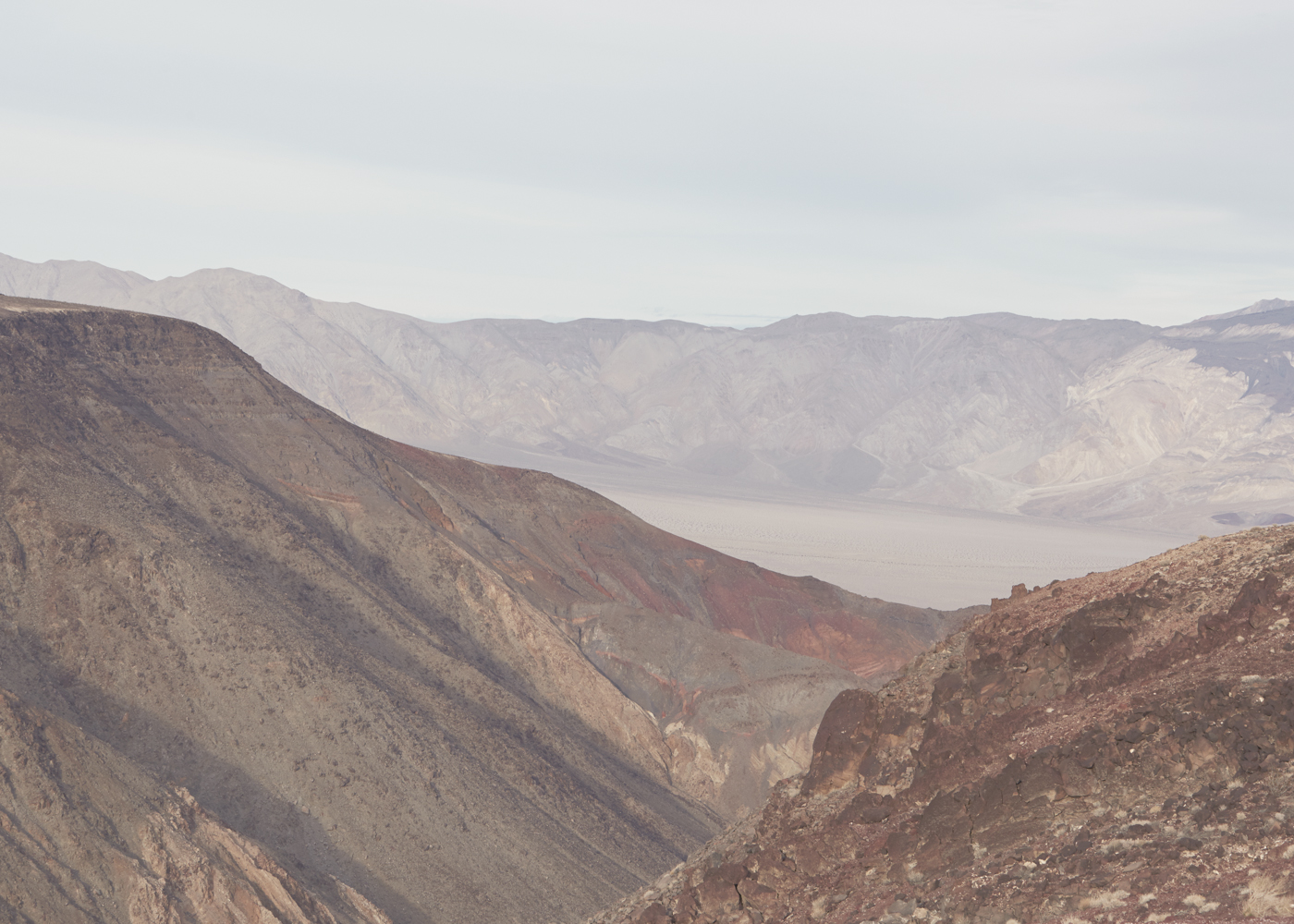


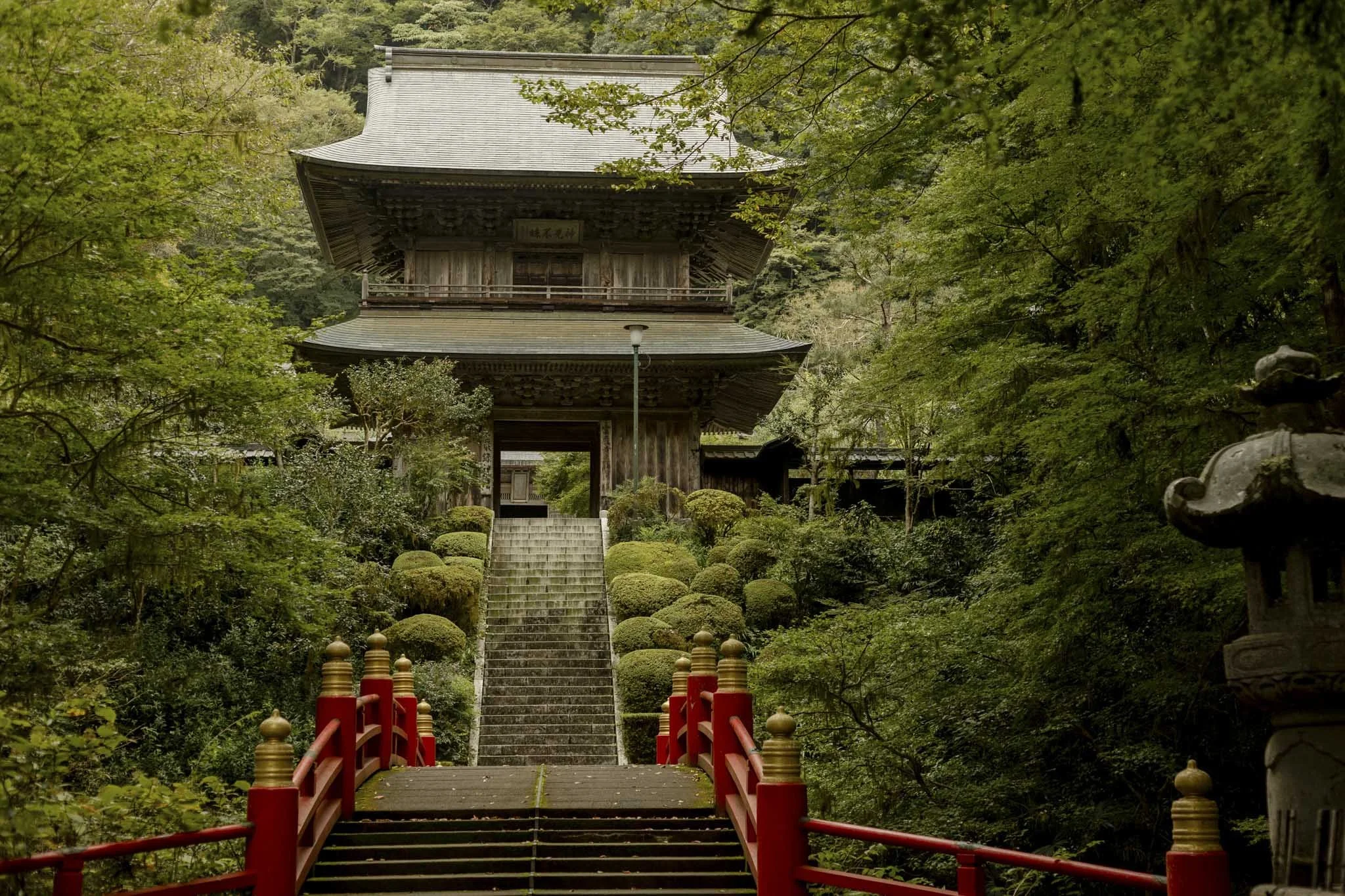












Celebrating Cecil Beaton at Wales’ Hawarden Estate.